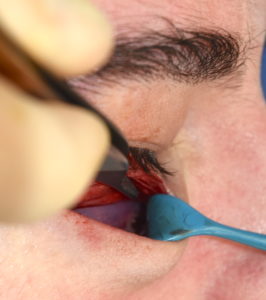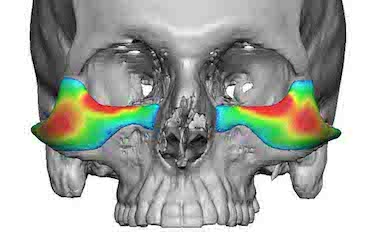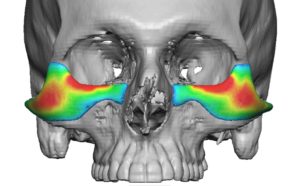The tear trough deformity is very common and is most commonly treated by non-surgical methods (injectable fillers) with variable success. It is more effectively treated by surgery based on release of this osteocutaneous ligament though the two methods of lower blepharoplasty. Some form of interpositional spacer is needed to prevent reattachment/reformation of the tear trough of which autogenous fat is most frequently used.
In the September 2019 issue of the journal Plastic and Reconstructive Surgery an article on this topic was published entitled .’The Long-Term Static and Dynamic Effects of Surgical Release of the Tear Trough Ligament and Origins of the Orbicularis Oculi In Lower Eyelid Blepharoplasty’. In this paper the authors report their experience and observations in treating over 100 patients with an extended transconjunctival lower blepharoplasty with release of the tear trough ligament and fat translocation. Its effects were assessed by how well the tear trough depression was eliminated, the lower eyelid position and dynamic changes of the patient’ smile.
In this patient series the tear trough deformity was eliminated in 99% of patients. No lower eyelid sag occurred as assessed by increased scleral show or ectropion. Elevation of the lid-cheek junction occurred with smiling. Also reduced pretarsal bulges and crow’s feet where seen in smiling.

A custom infraorbital or infraorbital-malar implant is the ultimate spacer after release of the osteocutaneous ligament and orbicularis muscle.
Dr. Barry Eppley
Indianapolis, Indiana




